Base Camp Lodging (4,100 meters)
Base Camp (大本营)—also known as Upper Base Camp—sits on the north slope of Haba Snow Mountain (哈巴雪山) above Haba Village (哈巴村). The site is reached after a 5-hour hike via the Base Camp Route (大本营路线). In recent years, on-going construction has transformed the place. A variety of structures and warren-like compounds can accommodate around 300 visitors. Base Camp is owned and operated by residents of Longwangbian (龙汪 边), the Hui settlement a short distance southwest of the center of Haba Village.


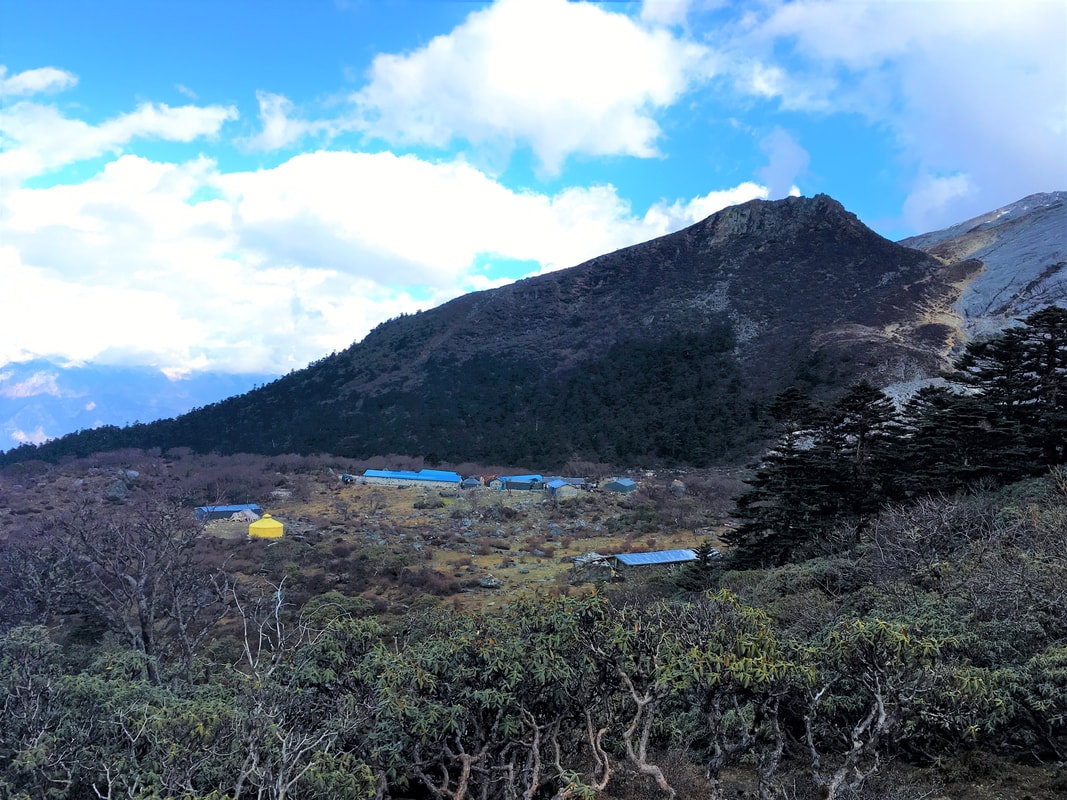
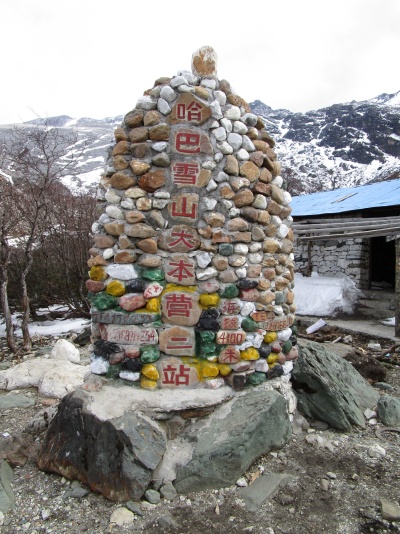 Monument at Base Camp
Monument at Base Camp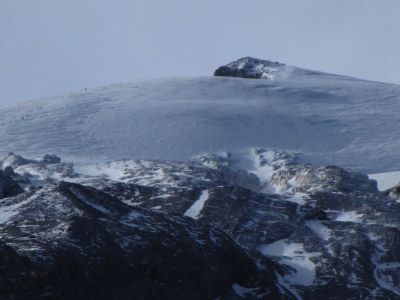 Telephoto from base camp showing climbers on the glacier
Telephoto from base camp showing climbers on the glacier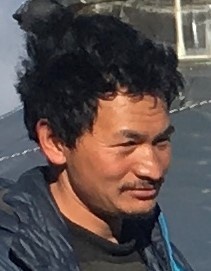 Base Camp caretaker Zao Guodong (枣国东)
Base Camp caretaker Zao Guodong (枣国东)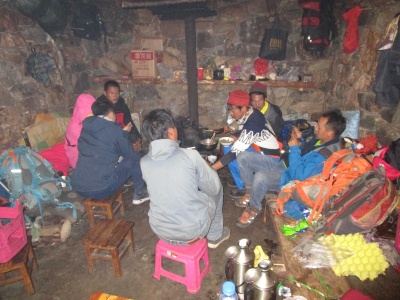 Cook room at Base Camp
Cook room at Base Camp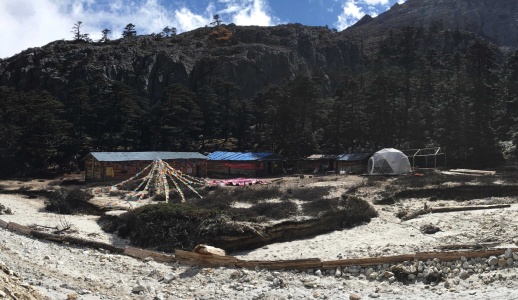 Lower Base Camp
Lower Base Camp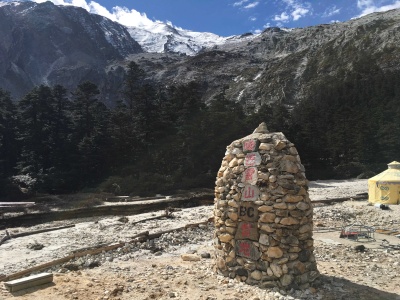 Monument at Lower Base Camp
Monument at Lower Base Camp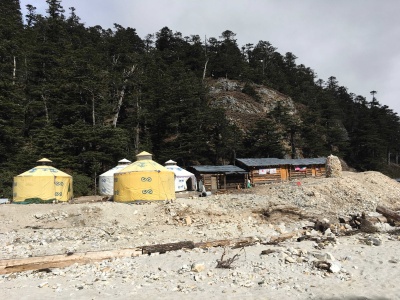 Yurts at the lower camp
Yurts at the lower camp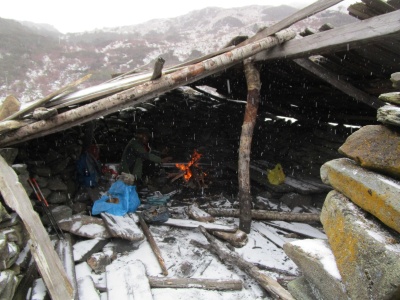 Lunch break inside hut ruins
Lunch break inside hut ruins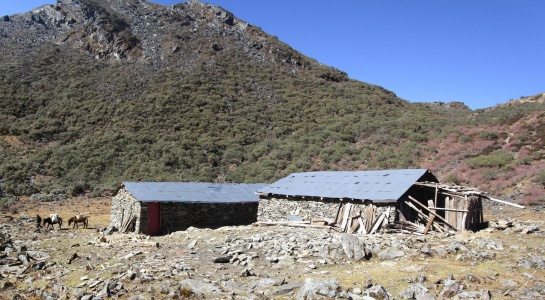 Black Lake huts
Black Lake huts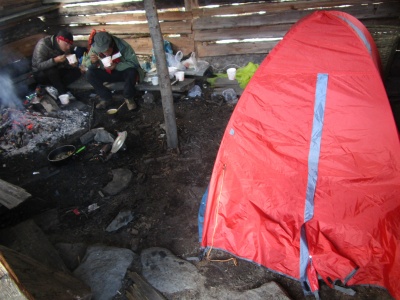 Tent camping inside hut
Tent camping inside hut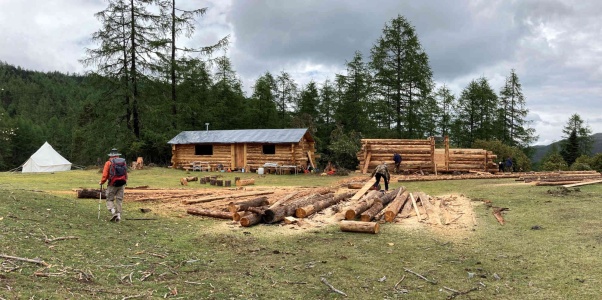 Hut construction at Upper Lanhua Meadow
Hut construction at Upper Lanhua Meadow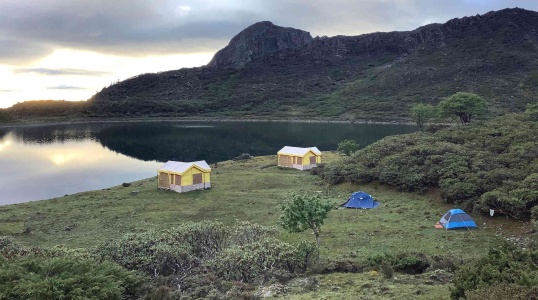 Tents at Black Lake
Tents at Black Lake